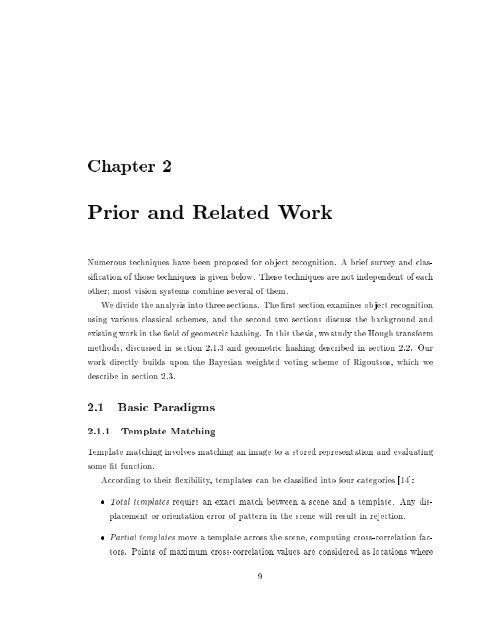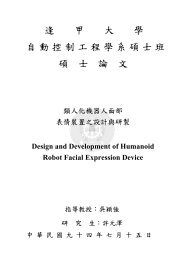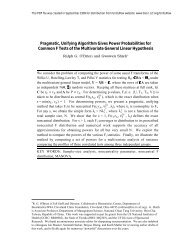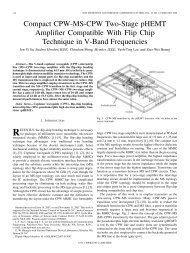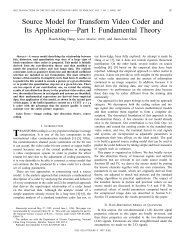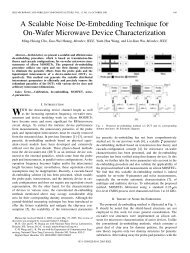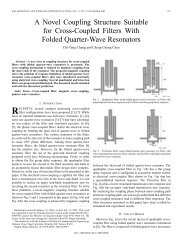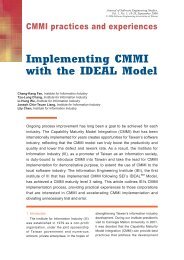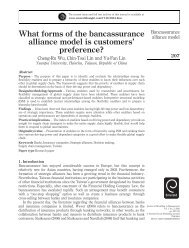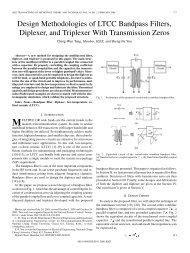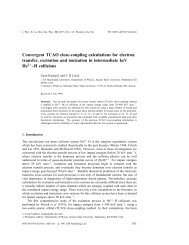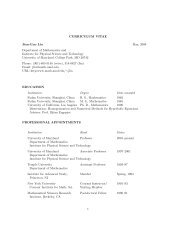A Probabilistic Approach to Geometric Hashing using Line Features
A Probabilistic Approach to Geometric Hashing using Line Features
A Probabilistic Approach to Geometric Hashing using Line Features
You also want an ePaper? Increase the reach of your titles
YUMPU automatically turns print PDFs into web optimized ePapers that Google loves.
Chapter 2<br />
Prior and Related Work<br />
Numerous techniques have been proposed for object recognition. A brief survey and classiæcation<br />
of those techniques is given below. These techniques are not independent of each<br />
other; most vision systems combine several of them.<br />
We divide the analysis in<strong>to</strong> three sections. The ærst section examines object recognition<br />
<strong>using</strong> various classical schemes, and the second two sections discuss the background and<br />
existing work in the æeld of geometric hashing. In this thesis, we study the Hough transform<br />
methods, discussed in section 2.1.3 and geometric hashing described in section 2.2. Our<br />
work directly builds upon the Bayesian weighted voting scheme of Rigoutsos, which we<br />
describe in section 2.3.<br />
2.1 Basic Paradigms<br />
2.1.1 Template Matching<br />
Template matching involves matching an image <strong>to</strong> a s<strong>to</strong>red representation and evaluating<br />
some æt function.<br />
According <strong>to</strong> their æexibility, templates can be classiæed in<strong>to</strong> four categories ë14ë:<br />
æ Total templates require an exact match between a scene and a template. Any displacement<br />
or orientation error of pattern in the scene will result in rejection.<br />
æ Partial templates move a template across the scene, computing cross-correlation fac<strong>to</strong>rs.<br />
Points of maximum cross-correlation values are considered as locations where<br />
9


